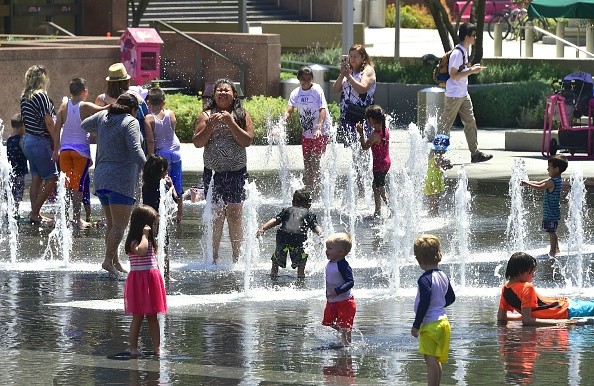The boy started suffering from an uncommon infection following his visit to a park in Arlington, Texas.
A rare and life-threatening brain infection has taken the life of a boy in Arlington, Texas. Health officials say he possibly contracted the infection from a city splash pad.
On the 5th of September, the boy was admitted to Cook Children's Medical Center in Fort Worth, Texas, and it was discovered that he has primary amoebic meningoencephalitis (PAM) which is a devastating infection of the brain caused by Naegleria fowleri (a single-celled organism), as per a statement from the City of Arlington Office of Communication.

The statement said he finally gave up the ghost on the 11th of September at the hospital. The name and age of the boy were not disclosed.
Generally, N. fowleri can be found in warm fresh water bodies, like rivers, lakes, and hot springs, Live Science reported earlier on. But in the case of this boy, officials discovered that the only likely place he got exposed to the amoeba were either water from his living place or water from Don Misenhimer Park's splash pad in Arlington, the statement said.
Source of the Infection
Water samples gotten from the splash pad at the park, which releases water up from the ground, were taken to the Centers for Disease Control and Prevention (CDC) after the boy was diagnosed with the infection.
The agency verified on the 24th of September that the samples came out positive for N. fowleri, and that the possible source of the infection was the splash pad, the statement said.
Infections that N. fowleri causes are very rare, only 148 cases were recorded in the United States between 1962 and 2019, as per the CDC.
But when one eventually becomes infected, they are almost always deadly, with below 3% survival rate, Live Science reported earlier on.

PAM Cases
As per the CDC, Southern states are the region most PAM cases occur, with over half the total U.S. cases recorded in Florida and Texas. Infections occur when polluted water moves up the nose, people can't contract the infection from drinking contaminated water, as per the CDC.
Most individuals get the infection while swimming in warm freshwater rivers and lakes. As per the CDC, only six have been associated with drinking water systems out of the 148 U.S. cases.
As per the CDC, there is no rapid test or routine to discover whether N. fowleri is existing in water.
But chlorine is used to treat city water systems, which kills N. fowleri when the level of chlorine is more than 0.5 milligrams per liter, as per a 2015 paper about a case of N. fowleri associated with tap water released in the journal Clinical Infectious Diseases.
Related Article: Rare Brain-Eating Amoeba Caused the Death of Two U.S. Children This Month
For more news, updates about brain-eating amoeba and similar topics don't forget to follow Nature World News!
© 2025 NatureWorldNews.com All rights reserved. Do not reproduce without permission.





